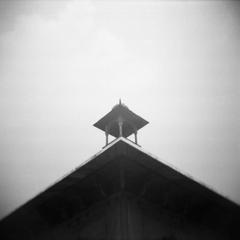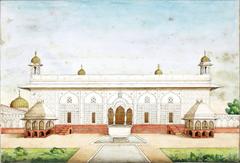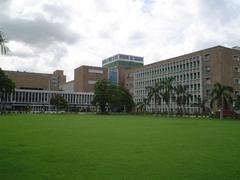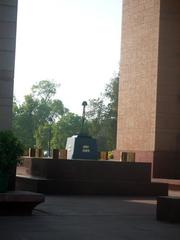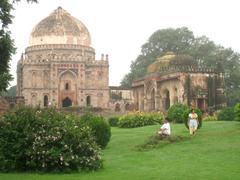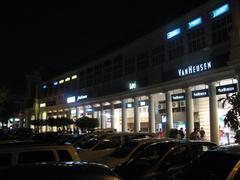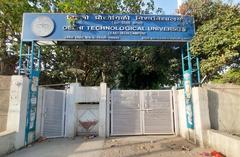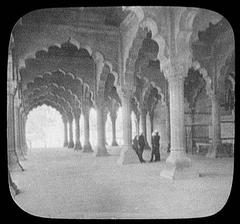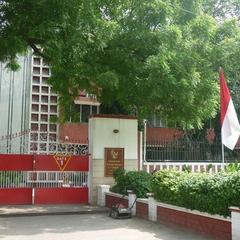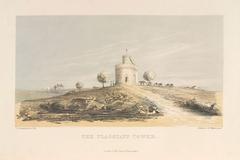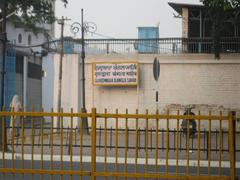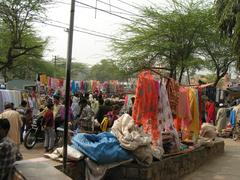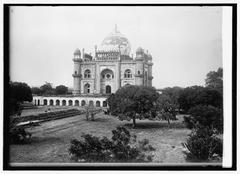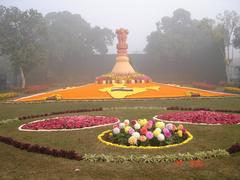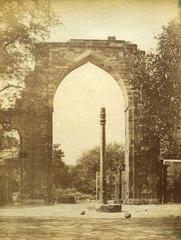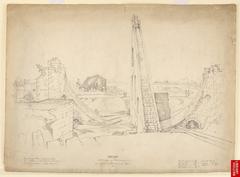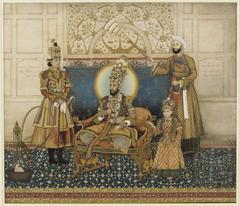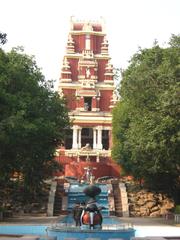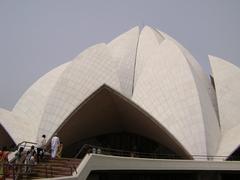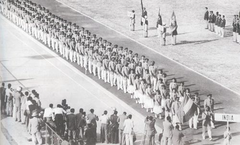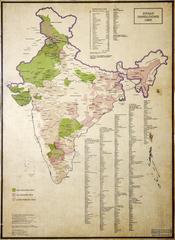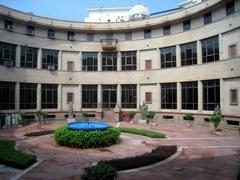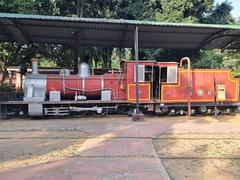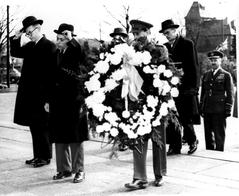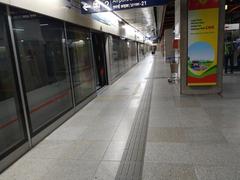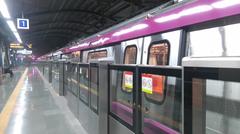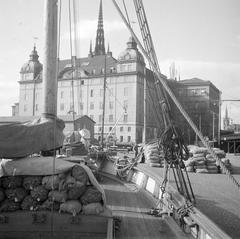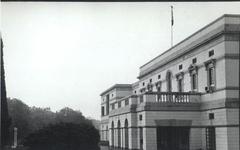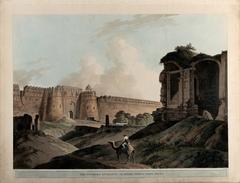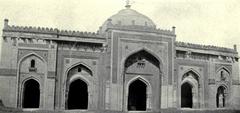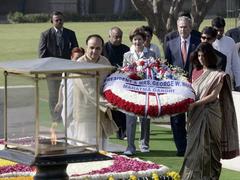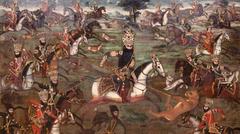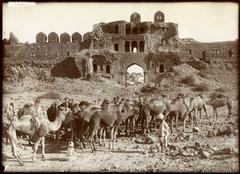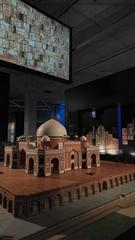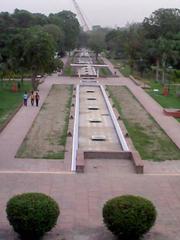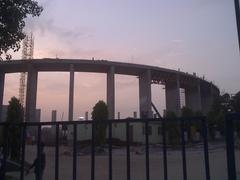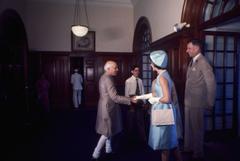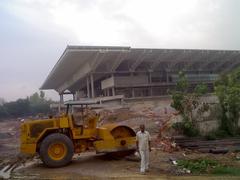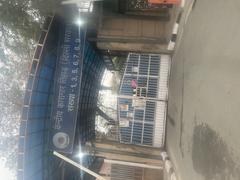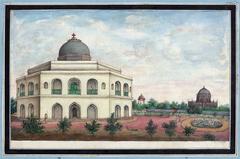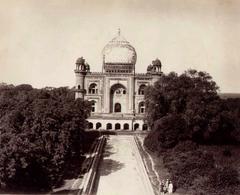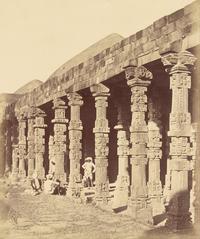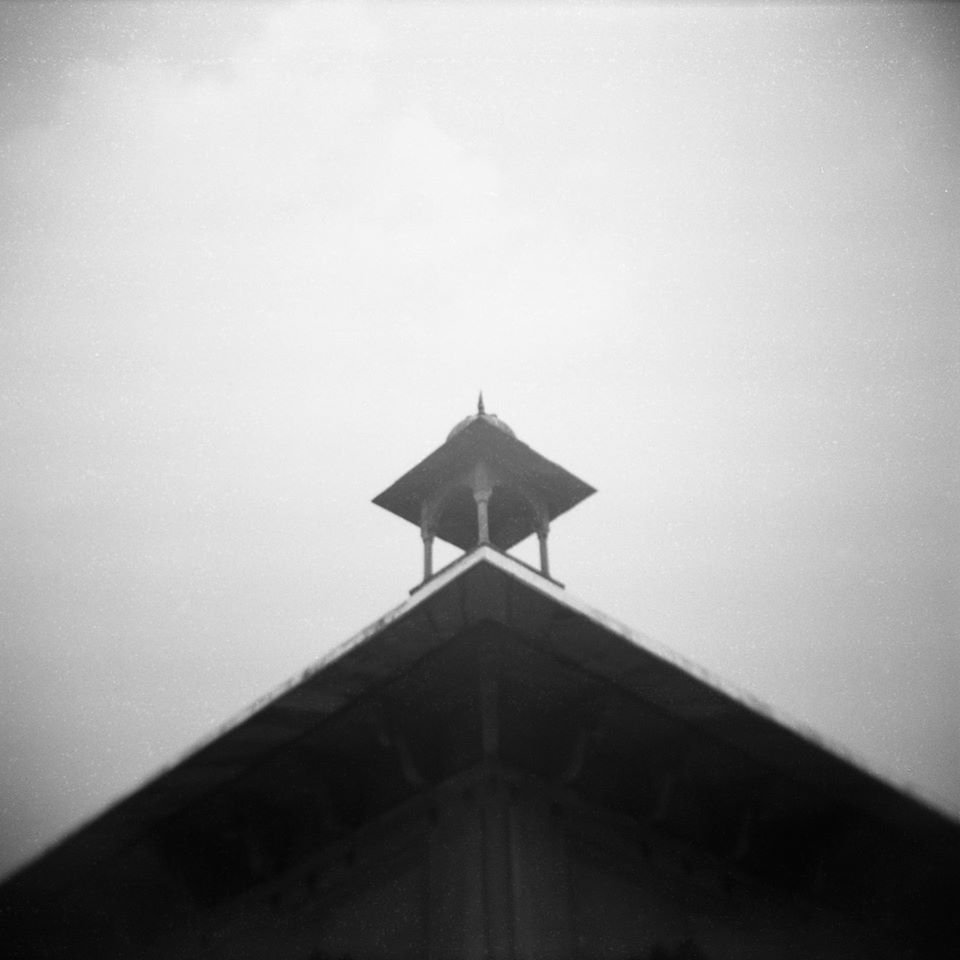
Comprehensive Guide to Visiting Rang Mahal, New Delhi, India
Date: 31/07/2024
Table of Contents
- [Introduction](#introductionintroduction)
- [History of Rang Mahal](#history-of-rang-mahalhistory-of-rang-mahal)
- [Origins and Construction](#origins-and-constructionorigins-and-construction)
- [Architectural Features](#architectural-featuresarchitectural-features)
- [The Stream of Paradise](#the-stream-of-paradisethe-stream-of-paradise)
- [Historical Significance](#historical-significancehistorical-significance)
- [British Occupation and Later Use](#british-occupation-and-later-usebritish-occupation-and-later-use)
- [Preservation and Current Status](#preservation-and-current-statuspreservation-and-current-status)
- [Cultural Impact](#cultural-impactcultural-impact)
- [Visitor Experience](#visitor-experiencevisitor-experience)
- [Practical Information](#practical-informationpractical-information)
- [FAQ Section](#faq-sectionfaq-section)
- [Conclusion](#conclusionconclusion)
Introduction
The Rang Mahal, or the ‘Palace of Colors,’ is a historical gem nestled within the Red Fort complex in Delhi, India. This guide provides a comprehensive overview of the Rang Mahal, including its history, stunning architectural features, cultural significance, and practical visitor information such as opening hours, ticket prices, and nearby attractions.
History of Rang Mahal
Origins and Construction
The Rang Mahal, originally known as the Imtiaz Mahal or the ‘Palace of Distinction,’ was constructed during the reign of Mughal Emperor Shah Jahan. The Red Fort, housing the Rang Mahal, was built between 1638 and 1648 when Shah Jahan shifted his capital from Agra to Delhi. The palace served as part of the imperial harem, a secluded area for the women of the royal family (Wikipedia).
Architectural Features
The Rang Mahal is famed for its intricate architecture and opulent design. Built primarily of white marble and shell plaster, the palace was designed for both aesthetic appeal and cooling properties. The interior once boasted vibrant colors and intricate mirror work, with some rooms called Shish Mahal, or ‘Palace of Mirrors,’ due to the tiny pieces of mirrors adorning the ceilings (Google Arts & Culture).
The Stream of Paradise
A notable feature of the Rang Mahal is the Nahr-i-Bihisht, or ‘Stream of Paradise,’ a shallow canal running through the palace and into a marble basin. Designed to cool the palace during hot summer months, the water channel also features a lotus-shaped fountain, enhancing its aesthetic appeal (Lonely Planet).
Historical Significance
The Rang Mahal was central to the Mughal imperial harem, serving as a residence and social hub for royal women. Its vibrant colors and intricate designs reflect the opulence of the Mughal era, and it was also used for various ceremonial purposes (Trodly).
British Occupation and Later Use
Following the British takeover of the Red Fort in 1857, the Rang Mahal was repurposed as a mess hall for the British military. This period saw many original features altered or removed. Despite these changes, elements like the mirror work and the Stream of Paradise have survived (Wikipedia).
Preservation and Current Status
Today, the Rang Mahal is part of the Red Fort complex, a UNESCO World Heritage Site since 2007. While visitors are not allowed inside, they can admire its beauty from the outside. Preservation efforts are ongoing to restore and maintain this piece of Mughal architecture (TripSavvy).
Cultural Impact
The Rang Mahal has influenced Indian culture and architecture with its use of marble, intricate carvings, and mirror work. It stands as a symbol of Mughal opulence and continues to inspire architects and historians (Culture Trip).
Visitor Experience
Although the Rang Mahal itself is not open to the public, the Red Fort complex offers numerous attractions. Visitors can explore other pavilions, gardens, and museums, gaining a comprehensive understanding of Mughal history and architecture. Nearby attractions include the National Gandhi Museum, the Indian War Memorial Museum, and the bustling streets of Old Delhi (Trodly).
Practical Information
Opening Hours and Best Time to Visit
The Red Fort complex, including the Rang Mahal, is generally open from 9:30 AM to 4:30 PM, Tuesday through Sunday. It is closed on Mondays and national holidays. The best time to visit is from October to March when the weather is pleasant. Visiting early in the morning or late in the afternoon can help avoid the crowds and provide a more enjoyable experience (Drifter Planet).
Entry Fees and Tickets
The entry fee for the Red Fort complex is approximately ₹35 for Indian citizens and ₹550 for foreign tourists. These prices are subject to change, so check the official website for the latest information.
Guided Tours and Audio Guides
To fully appreciate the historical significance and architectural beauty of Rang Mahal, consider hiring a guide or using an audio guide. Official guides are available at the entrance, and their fees are negotiable. Audio guides are available in multiple languages and can be rented for INR 150.
Dress Code and Etiquette
Visitors are advised to dress modestly, respecting cultural norms. Comfortable walking shoes are recommended as the complex is extensive. Photography is allowed, but the use of tripods and professional equipment may require special permission.
Accessibility
The Red Fort complex is partially accessible to visitors with disabilities. Wheelchairs are available at the entrance, and there are ramps at key points within the complex. However, some areas may still be challenging to navigate.
Safety and Security
Security at the Red Fort is stringent. Visitors are required to pass through metal detectors, and bags are subject to search. Carry only essential items. Large bags, food, and drinks are not allowed inside the complex.
Nearby Attractions
While visiting Rang Mahal, consider exploring other attractions within the Red Fort complex, such as the Diwan-i-Aam (Hall of Public Audience), Diwan-i-Khas (Hall of Private Audience), and the Moti Masjid (Pearl Mosque). Additionally, the bustling markets of Chandni Chowk and the serene Raj Ghat, the memorial of Mahatma Gandhi, are nearby and worth a visit.
Dining and Refreshments
There are no dining facilities within the Red Fort complex. However, several restaurants and street food vendors are located just outside the fort. For a taste of authentic Mughlai cuisine, head to Karim’s, a famous eatery in Chandni Chowk.
Souvenirs and Shopping
The Red Fort complex has a few souvenir shops where visitors can purchase replicas of historical artifacts, postcards, and other memorabilia. For a more extensive shopping experience, visit the nearby markets of Chandni Chowk and Dilli Haat, where you can find traditional handicrafts, textiles, and jewelry.
Photography Tips
The best time for capturing the beauty of the Rang Mahal is during the golden hours of early morning or late afternoon. Be mindful of the lighting conditions and the angles to capture the intricate details of the Mughal architecture. Drones are not allowed within the complex.
Emergency Contacts
In case of emergencies, the nearest hospital is Lok Nayak Hospital, located approximately 3 kilometers from the Red Fort. The local police station is also nearby, and the emergency contact number in India is 112. It is advisable to carry a copy of your identification and emergency contact numbers.
Sustainability and Responsible Tourism
Visitors are encouraged to practice responsible tourism by not littering and respecting the heritage site. Use the designated trash bins and avoid touching or defacing the historical structures. Supporting local vendors and artisans by purchasing souvenirs and dining locally contributes to the local economy.
FAQ Section
Q: What are the Rang Mahal visiting hours?
A: The Rang Mahal is part of the Red Fort complex, which is generally open from 9:30 AM to 4:30 PM, Tuesday to Sunday. However, the Rang Mahal itself is not open to the public for entry.
Q: How much are the Rang Mahal tickets?
A: Entry to the Red Fort complex costs approximately ₹35 for Indian citizens and ₹550 for foreign tourists. These prices are subject to change, so check the official website for the latest information.
Q: What are some nearby Delhi historical sites?
A: Nearby historical sites include Jama Masjid, Raj Ghat, and Humayun’s Tomb, all offering rich historical insights and architectural beauty.
Conclusion
Visiting the Rang Mahal within the Red Fort complex is a journey through the splendor of Mughal architecture and history. This palace, with its intricate designs, vibrant colors, and innovative cooling systems, stands as a testament to the opulence and artistic mastery of the Mughal era (Culture Trip). Despite the alterations made during British occupation, the Rang Mahal continues to captivate visitors with its surviving architectural elements and cultural significance. Preservation efforts ensure that this historical gem remains an integral part of India’s heritage, allowing future generations to appreciate its beauty and historical importance (TripSavvy). Whether you’re a history enthusiast, architecture aficionado, or a casual traveler, the Rang Mahal and the Red Fort complex offer a rich and engaging experience that highlights the grandeur of the Mughal empire. For the most enriching visit, consider guided tours, explore nearby historical sites, and immerse yourself in the vibrant culture of Old Delhi.
References
- Wikipedia contributors. (n.d.). Rang Mahal (Red Fort). In Wikipedia, The Free Encyclopedia. Retrieved July 31, 2024, from https://en.wikipedia.org/wiki/Rang_Mahal_(Red_Fort)
- Google Arts & Culture. (n.d.). Red Fort. Indian National Trust for Art and Cultural Heritage. Retrieved July 31, 2024, from https://artsandculture.google.com/story/red-fort-indian-national-trust-for-art-and-cultural-heritage/DAVRBY9EVwsA8A?hl=en
- Lonely Planet. (n.d.). Rang Mahal. Retrieved July 31, 2024, from https://www.lonelyplanet.com/india/delhi/old-delhi-shahjahanabad/attractions/rang-mahal/a/poi-sig/1337808/1342596
- TripSavvy. (n.d.). Delhi’s Red Fort: The Complete Guide. Retrieved July 31, 2024, from https://www.tripsavvy.com/delhis-red-fort-the-complete-guide-4172570
- Culture Trip. (n.d.). Red Fort: A Walk Through History. Retrieved July 31, 2024, from https://theculturetrip.com/asia/india/articles/red-fort-a-walk-through-history
- Trodly. (n.d.). Rang Mahal, Red Fort. Retrieved July 31, 2024, from https://www.trodly.com/india/destination-5322/rang-mahal-red-fort
